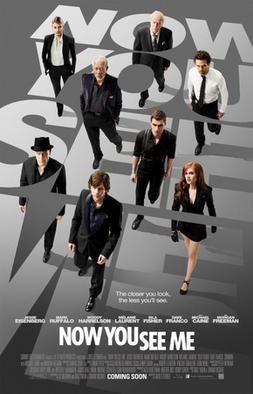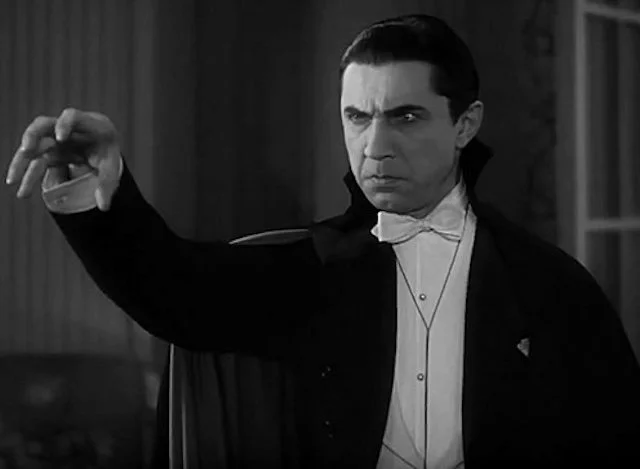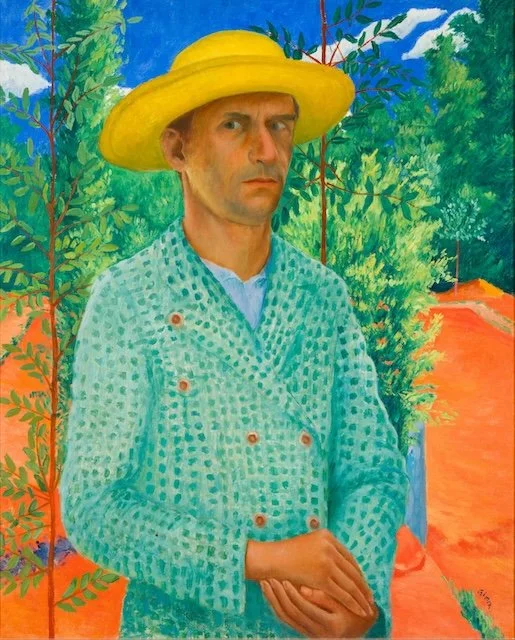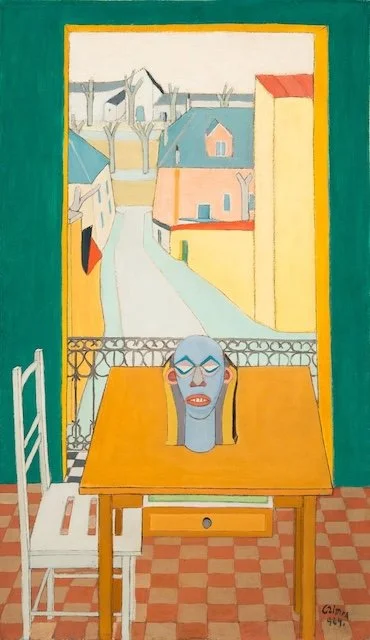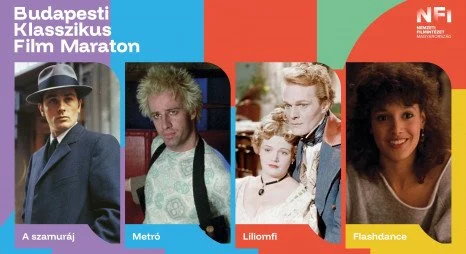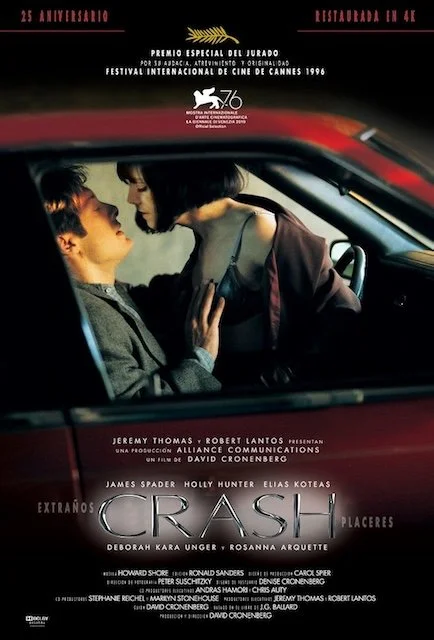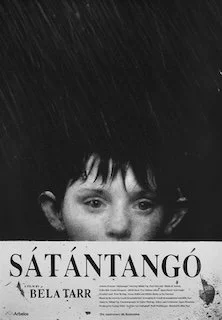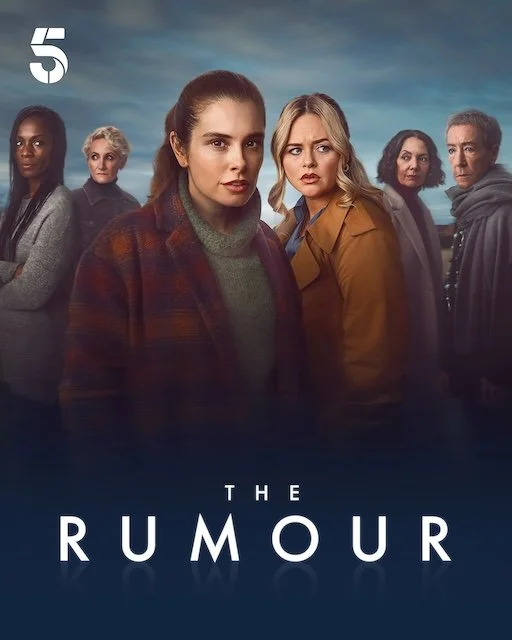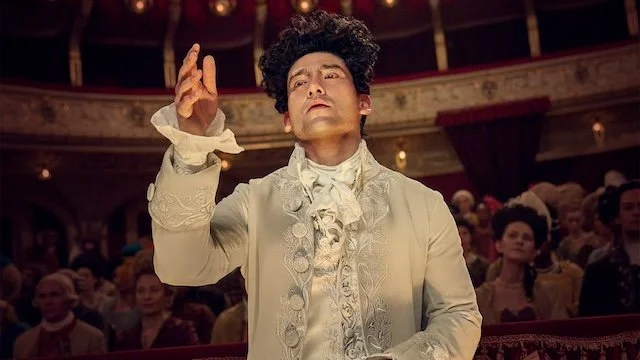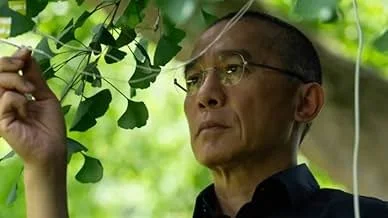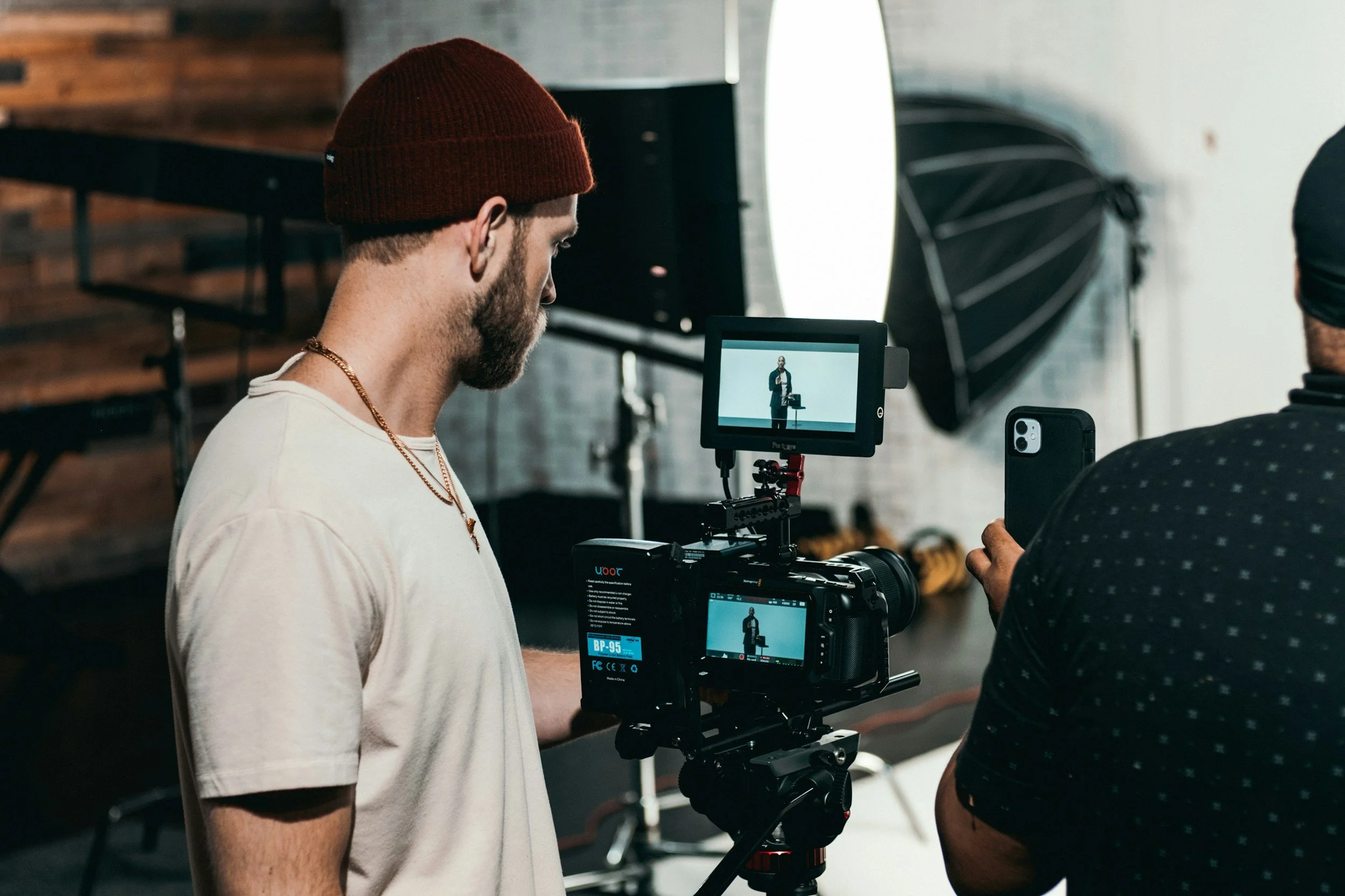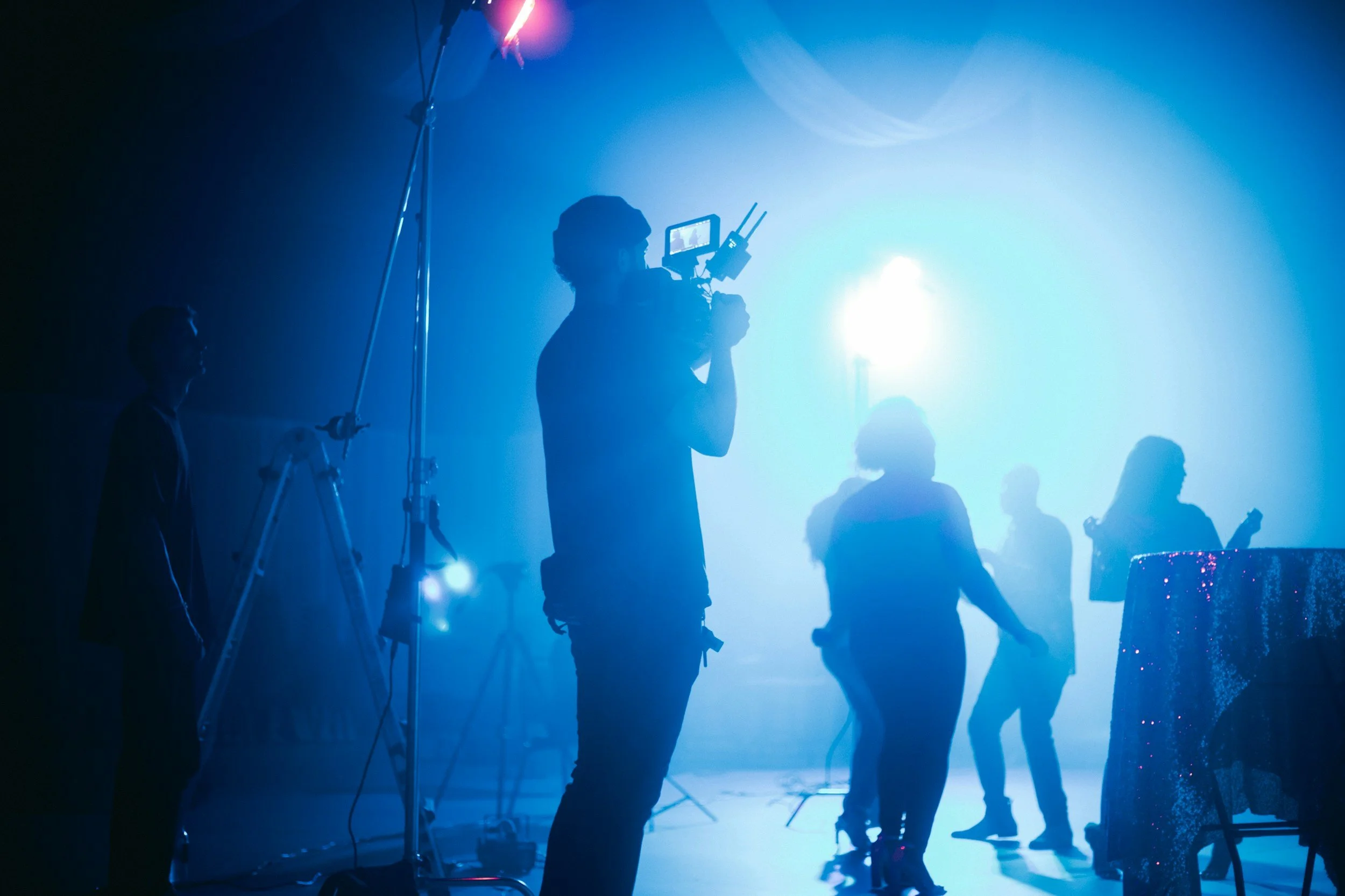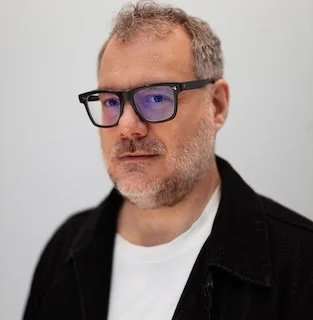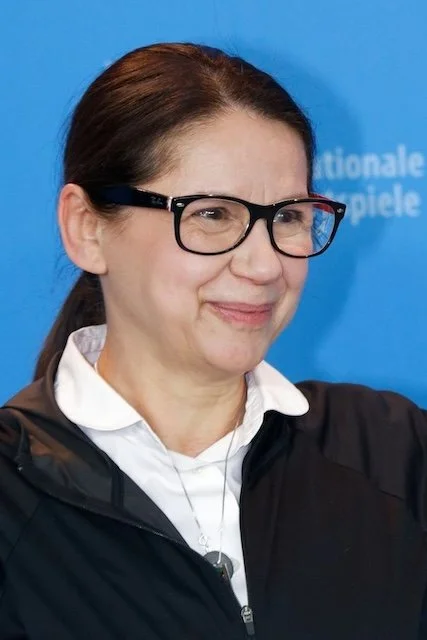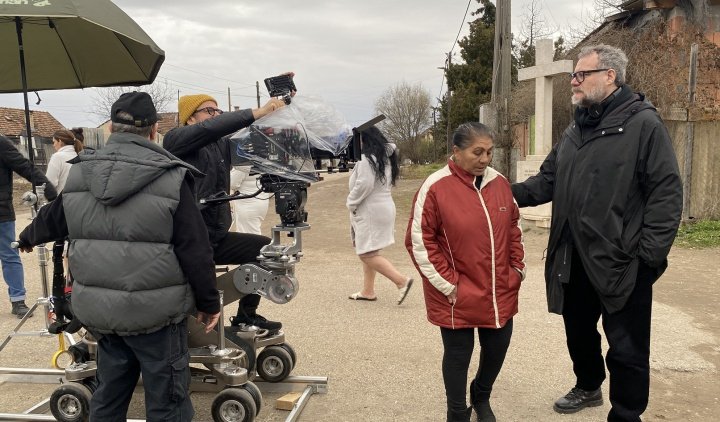Filmed in Hungary: Six Recent Movie & Series Releases
zita kisgergely
There’s been another steady stream of releases this fall-winter of international films and TV series that were filmed in Hungary. Let’s take a closer look.
1. Now you see me
This is the third instalment of the franchise Now You See Me: Now You Don’t, directed by Ruben Fleischer. The story sees the original Four Horseman–a group of rebellious magicians played by Jesse Eisenberg, Woody Harrelson, Isla Fisher and Dave Franco–teaming up again to steal the world’s largest diamond from South African mogul, Veronkia Vanderberg (played by Rosamund Pike).
Although the film heavily features the group’s adventures around the world (from Belgium to Abu Dhabi), the bulk of the filming took place in Hungary. Originally chosen for budgetary reasons, it was soon apparent that Hungary could stand in for other European locations. Fleischer commented that,
“Once we realised that we were shooting in Hungary, we specifically scripted things to take place in Europe. Originally, the first act was more New York-based. Instead of trying to create New York in Budapest, we decided to lean into the Europe of it all.”
2. Amadeus (Sky TV)
Remember the legendary film from 1984? Now you’ll be able to relive the story of Wolfgang Amadeus Mozart through this limited, five-part series that will reportedly be released sometime in December. The story is based on Peter Shaffer’s award-winning 1979 stage play, a fictional account of the ups and downs of one of the world’s greatest composers. Mozart arrives in Vienna during the 18th century, meets the singer who will become his wife (Constanze) and the composer who will become his nemesis (Salieri). The play itself was inspired by Alexander Pushkin’s short 1830 play, Mozart and Salieri.
First look images from the production were released a few months back showing Will Sharpe in the title role and Paul Bettany as Antonio Salieri. No surprises that the show was filmed in Budapest. Standing in for 18thcentury Vienna is at this point child’s play for the city.
3. Dust Bunny
Touted as a family-horror film, the story revolves around a young girl (Aurora, played by Sophie Sloan) who’s convinced there’s a monster living under her bed. She asks her enigmatic neighbour for help, a hitman played by Mads Mikkelsen. Written and directed by Bryan Fuller–well-known for his work in TV on series such as Pushing Daisies and Hannibal–the film is a mix of horror and dark fantasy. Other cast members include Sigourney Weaver, and David Dastmalchian.
Dust Bunny was filmed on location in Budapest at Origo Studios, with the production also using city streets and interiors as locations. Fuller’s feature film debut premiered at the Toronto International Film Festival this year and released not long after.
4. Death by Lightening (Netflix)
This historical drama miniseries is based on a book by Candice Millard, Destiny of the Republic. The story centres on the election of James A. Garfield (played by Michael Shannon), standing on a platform of anti-corruption and pro-civil rights. He went on to becume the 20th President of the United States but only served for six months as he was shot by a delusion admirer, Charles J. Guiteau (played by Matthew Macfadyen).
Set in 19th-century America, some questioned why the series was shot in Hungary. But the country has built a reputation of being able to depict a range of locations, especially those set in period genres. This is thanks to its diversity of architecture, ranging from Gothic, Baroque to Art Nouveau. For this particular series, filming also took place at Budapest’s Old Train Musuem. The interiors of several historic carriages were used for scenes where characters journeyed across America.
5. Nuremberg
The much anticipated American psychological thriller / historical drama film, directed by James Vanderbilt, is based on Jack El-Hai’s book, The Nazi and the Psychiatrist. The film tracks the story of Douglas Kelley (played by Rami Malek), a U.S. Army psychiatrist sent to examine and monitor the mental state of high-ranking Nazis such as Herman Göring (Russell Crowe) as they await trial in Nuremberg. Also premiering at TIFF this year, the film received a four-minute standing ovation, one of the longest in the history of the festival.
Leaning into its reputation of being able to provide authentic period locations, Budapest again did not disappoint in providing this production a base for principal photography. As well as soundstages, city streets were also used to capture the post-world-war-two era, with some key scenes being shot at Duna Palota, a building in downtown Budapest. Special focus was placed on getting visuals details of the time correct, with Vanderbilt allegedly working closely with designers and historians to ensure authenticity of the sets.
6. The Testament of Ann Lee
A historical, musical drama film based on the life of Ann Lee, the founding leader of the Shaker movement. This was a religious sect of the 18th century, the followers of which proclaimed Lee as a female Christ and showed their worship through song and dance. Directed by Mona Fastvold, the film stars Amanda Seyfried in the title role as she tries to establish a utopian society. Premiering in competition at the Venice International Film Festival, the feature will be released in late December in the U.S. and early 2026 for other territories.
Budapest was again, perhaps surprisingly, chosen as the main production base for the film. Thanks to the city’s range in terms of historical architecture, it was able to depict England (where Ann Lee was born) and later the U.S. of the mid-18th-century where the Shaker religion found its footing.
Sources & further information
Flatpack Films has years of experience servicing international brands, agencies, and production companies. Filming in Hungary is easy when relying on their knowledge of the market and ability to solve complex needs. They bring the best that Hungary has to offer in terms of unique locations, exceptionally skilled crews, top-of-the-line equipment and technical solutions. Backed by an impeccable track record, Flatpack Films has worked with world-class clients including Samsung, Samsonite, Toyota, Braun, Chivas Regal and many more.
Get in touch and learn more about Budapest film locations, Hungarian film incentives, film tax credits in Hungary and how Flatpack Films can bring your project to life through a highly bespoke approach.
